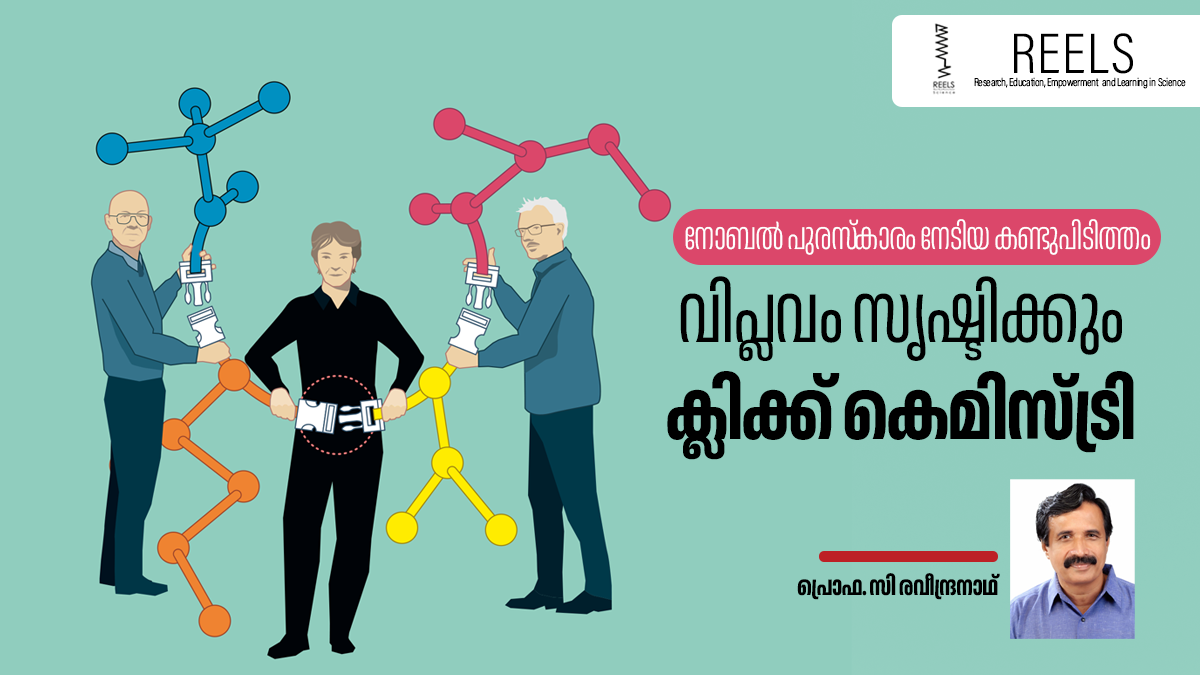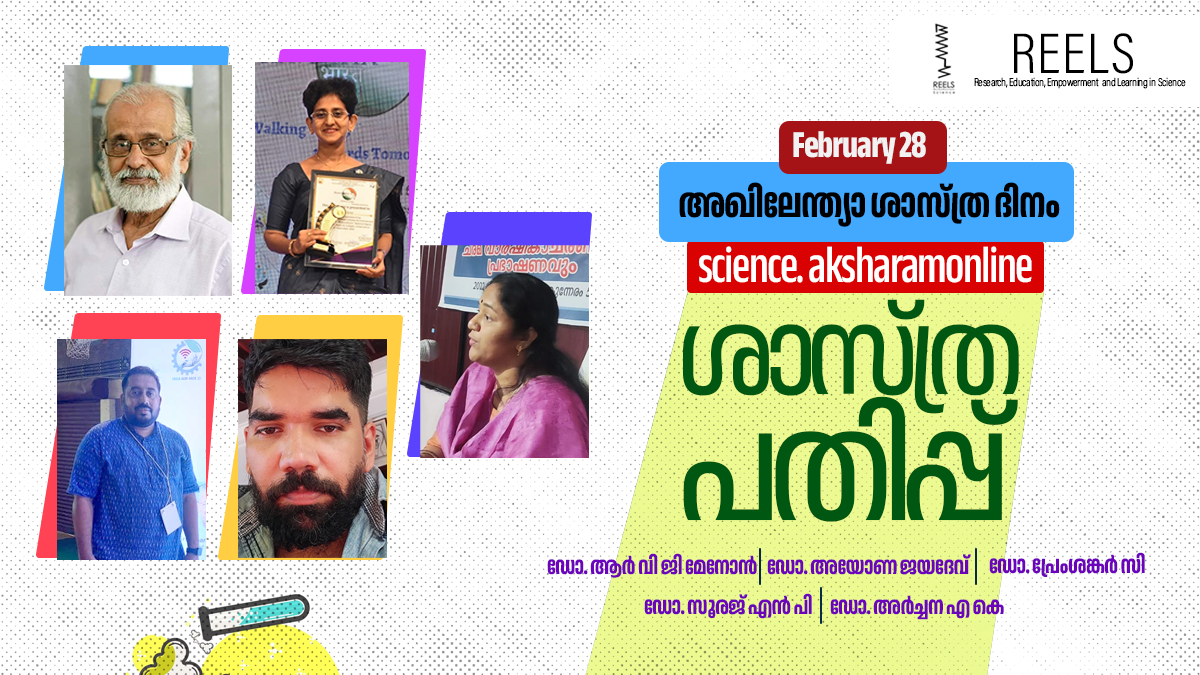Would a middle-aged lady prefer to wear the same style of clothing as her teenage daughter or grandmother? The answer is “No”. Even though practically they can all wear similar style of clothes, it will not suit them well. So, each individual will have their own fashion statement to enhance their attractiveness. A “one-size-fits-all” approach is not applicable here.
Now, consider a scenario in which the middle-aged lady, teenage girl and the grandmother are diagnosed with fever. They are all likely to be prescribed the same drugs. Even though these drugs would be mostly effective, they may sometimes bring in adverse effects or may not be effective. In this context, have you ever wondered why people respond differently to the same medication? The current treatment strategy involves mostly a “one-size-fits-all” approach, in which the treatment, management and prevention protocols are developed for the average person, without considering the differences between individuals. But, it needs to be noted that people differ from one another in many ways such as their genetic makeup, environment, and lifestyle. Thus, every individual is unique. Owing to these differences, mainly the difference in genetic makeup, a particular drug might work for some patients, but not for many others. On average, any given prescription drug currently in the market is effective only for half of those who take it. Thus, we often come across questions such as,
- Why do I need twice the standard dose of a drug to be effective?
- Why does this drug work for you, but not me?
- Why do I have side-effects, and you don’t?
In a meta-analysis of adverse drug reactions (ADRs) in the Indian population, the prevalence of ADRs for various drugs were estimated as follows,
Source: Kalyani SSA, Srihitha P. An Epidemiological Study on Adverse Drug Reactions in Indian Population: Meta-Analysis. International Journal of Pharmaceutical and Clinical Research 2017; 9(10): 654-659
The main goals of drug development are effectiveness and safety. A drug, when administered to a person, generally creates one of the following impacts,
- Effective, Safe
- Not effective, Safe
- Effective, Not safe
- Not effective, Not safe
The most common and widely used drugs are mostly effective (e.g. Penicillin). Designing and prescribing the most effective drugs with few adverse effects is an extremely difficult task. To ensure that their treatment plan is safe and effective, people should inform their doctors about their medical history, drugs and dietary supplements that they are currently taking, allergic reactions to drugs, and any other relevant health information.
Personalized medicine, also known as precision medicine, is of great importance in this context. It is an emerging approach that takes into account individual variability in genes, environment, and lifestyle of each person while considering treatment options. It allows doctors to predict with accuracy which treatment or prevention strategies will work in which group of people. In other words it is the tailoring of medical treatment to suit the individual characteristics of each patient. It ensures,
- the right dose of,
- the right drug for,
- the right indication for,
- the right patient at,
- the right time.
Personalized medicine has advanced owing to the advances in human genome research. The human genome is like a blueprint based on which our bodies are made and work. A complete copy of an individual’s genome is found within all cells of the body. The genome is made up of chromosomes, which are long strands of deoxyribonucleic acid (DNA). A gene is a small piece of DNA that contains instructions to synthesize a protein. These proteins carry out most of the activities of the cell. Without them, cells would not be able to do their assigned jobs in the body.
Personalized medicine makes use of the knowledge on genetic differences between individuals for drug design and prescription. A new branch of genetics known as Pharmacogenetics involves the study of how people respond differently to medications based upon their genetic background. Even though diet, health, and environment also exert a significant influence on drug response, genes are assumed to inflict the strongest impact. From the moment of administration of medications, the human body works actively to process or to metabolize them. Drug metabolism is brought about by the action of several enzymes which in turn are synthesized by genes. Pharmacogenetics is primarily concerned with the variations in genes that synthesize the enzymes that affect drug metabolism. These genetic variations lead to three categories of individuals based on drug metabolism,
- Normal metabolizers require standard dose of drugs
- Poor metabolizers / intermediate metabolizers require lower doses of drugs compared to the standard dose
- Rapid / Ultra Rapid metabolizers requires higher doses of drugs compared to the standard dose
Clinical pharmacogenetics (PGx) has the potential to make drug therapy safer and more effective by utilizing the genetic data of the patient for optimizing drug selection and drug dose. The European Union-funded project Ubiquitous Pharmacogenomics (U-PGx), involving seven European countries (UK, Italy, Spain, Austria Greece, Slovenia, The Netherlands), is aimed at driving the implementation of pharmacogenetics in diagnostic and clinical practice. The objective of U-PGx is to treat patients with medication and doses that are ideally suited to their personal genetic makeup. A survey in US in 2011 indicated that > 90% of Americans prefers pharmacogenomic profiling for drug selection and drug dosing.
Smart cards holding digital information on the pharmacogenetic profiles of patients are available now. This can be made use of by physicians for selecting drugs and to adjust drug dosage to suit individual needs, thus reducing the risk for ADRs and ineffective treatments.
India is yet to make a remarkable progress in the field of Pharmacogenetics. On the brighter side, the number of studies in this field has considerably increased during the last few years. The people of India are extensively diversified in terms of their genetic makeup, language, geography, religion, sociocultural characteristics, and ancestry. With this extreme heterogeneity, the data obtained from one population cannot be extrapolated to the entire population of the country, and hence, attaining state-of-the-art progress in this field seems to be a formidable task, but not impossible.







